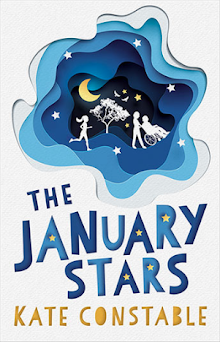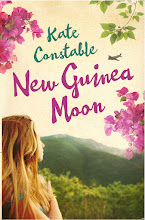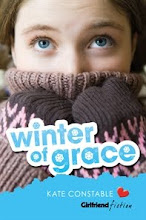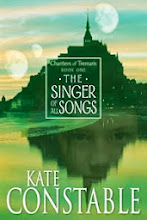I picked up Adrienne Martini's memoir, Sweater Quest, from the seconds trolley at the library -- for a dollar, it was worth a punt! Though I must say that the subtitle, My Year of Knitting Dangerously, is a bit of an overstatement. My daughter asked me what it was about and I had to answer, 'well, it's about a woman knitting a jumper,' and honestly, it isn't much more than that. But I enjoyed this book a lot, and it did spur me to pick my own neglected knitting project again, so I'm calling it a win (and I suspect Martini would, too).
The jumper (eventually cardigan) that Martini spends her year trying to complete is no ordinary sweater. It's a Fair Isle pattern by notoriously prickly Scottish knitting designer, Alice Starmore. There is a lengthy account of the whole Starmore story (which I was unaware of), chronicling the designer's feud with various wool manufacturers and her fierce, and litigious, protection of her designs. And yet those designs are so complex, so colourful and original, they remain irresisiable, even though Martini herself admits that having knitted the damn garment, she will probably never wear it. See below for an image of the finished article:

I mean, it is pretty gorgeous, as an object, but I probably wouldn't actually wear it either. Anyway, Martini travels the country chatting to various knitting experts and community figures about crafts, women's work, creativity, life and connection, the role of internet knitting blogs and how-to videos in fostering a new wave of knitters, and lovey stories about the way the skill has been passed down, often from older relatives, so it becomes a family memory.
I don't think my grandmother was a knitter, but my mum certainly was. She made countless lovely little cardigans, hats, jumpers and bootees for my babies, until sadly it turned out neither of them could bear the feel of wool against their skin (we've kept them all, though). She taught me how to knit and she's still the one I run to when I get into a tangle, though she claims to have forgotten everything. Just recently I rescued her own knitting bag from storage at our own home, and who knows, maybe I'll end up knitting a pattern from her collection one day.

























